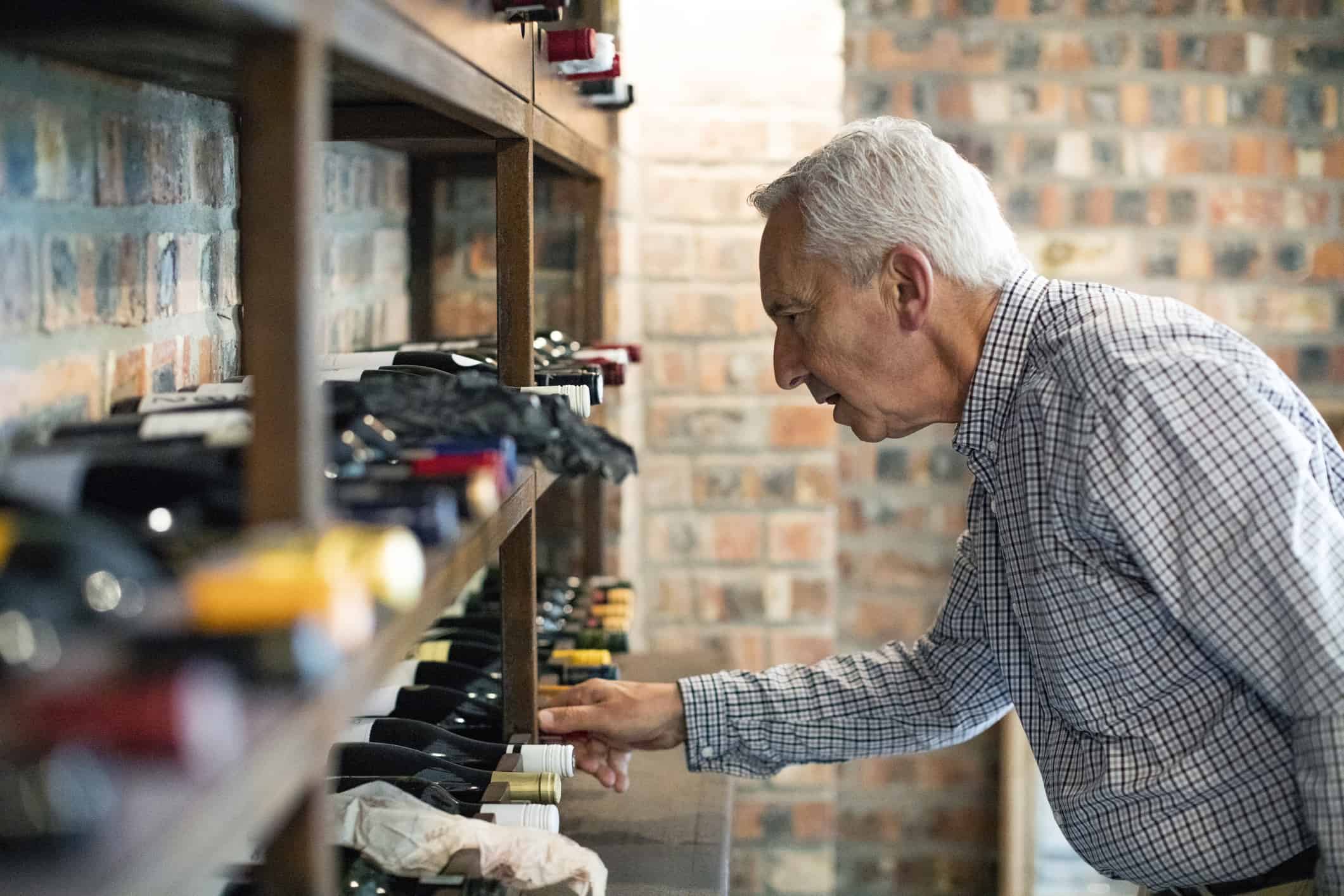TFSA investors have a long list of reasons to delay investing their latest $6,000 contribution. With the markets seemingly fighting the U.S. Federal Reserve following an unsurprisingly hawkish commentary from Jay Powell, recent bouts of market volatility seem unlikely to pass anytime soon. During the 2018 bear market, worries about rate hikes and the potential for slowed economic growth weighed down markets for many months.
Add the Russian invasion of Ukraine into the equation, and 2022 seems like a less-than-ideal time to invest. Though 2022 has no shortage of anxiety-inducing developments, it’s actually a far better year to be a buyer of stocks than in 2021, or even the back half of 2020. Just ask Warren Buffett, who’s been loading up on securities in the first half of 2022 after mostly hibernating for many months on end in 2021.
Valuations were sky-high, and there were bubbles within the tech scene in late 2021. Fast-forward to today and valuations are much more modest, with numerous bargains buried beneath the rubble. Bubbles have burst, and shockwaves have already been felt in anticipation of a 2023 economic recession.
TFSA Investors: Embrace the volatility!
Like it or not, a recession year can actually be positive for market returns. Markets tend to be forward-looking, and when a recession is on the horizon, stocks will react accordingly well before the fact. With many stocks stuck in a bear market, I’d argue that today is a terrific time to be a net buyer of securities if you’re willing to stick it out long term!
September is a seasonally scary month. As traders return from their summer vacations, volatility could go off the charts. As a stock picker, use any such volatility surge to your advantage and buy the dips in wonderful companies with the ability to increase earnings through and following a downturn.
Restaurant Brands: The perfect investment for harsh times
At this juncture, Restaurant Brands International (TSX:QSR)(NYSE:QSR) looks like the perfect play. The stock sports a generous 3.7% dividend yield and is fresh off four consecutive quarterly earnings beats. Further, fast food tends to see increased sales during recessions, as consumers look to find a better value.
For years, Burger King, Popeye’s Louisiana Kitchen, and Tim Hortons (the top brands in QSR’s portfolio) have flip-flopped between solid and meagre comps. What’s so remarkable about the latest (second) quarter is that all three brands seemed to be on the right track, helping fuel a consolidated comparable store sales surge of 9%. EBITDA margins were pretty much in line at just shy of 38%, almost double the restaurant industry average of 18% tallied by CSIMarket.
A looming recession and high inflation may be tailwinds for QSR. However, I think management has finally gotten things right. The firm’s “back to the basics” plan may be contradicted by the recently-announced addition of pizza at select Tim Hortons locations. However, I do find the right balance of menu simplification and innovation could drive sales and margins.
It’s taken quite a while. But management finally looks to have it right. I think more quarterly beats are on the horizon as recession rears its ugly head. Not only that, but I think bigger beats could be in the cards as QSR continues to better itself. At 22.9 times trailing price-to-earnings (P/E), QSR stock still trades at a discount to the industry average.
With the addition of Firehouse Subs for US$1 billion, QSR looks to be getting ahead of itself. It already has three brands that aren’t yet living up to their full potential. In any case, I’d look for Restaurant Brands to run the new sandwich chain in a less-regulated way. As the chain looks to expand, upward pressure on earnings feels unstoppable, even in a downturn.








